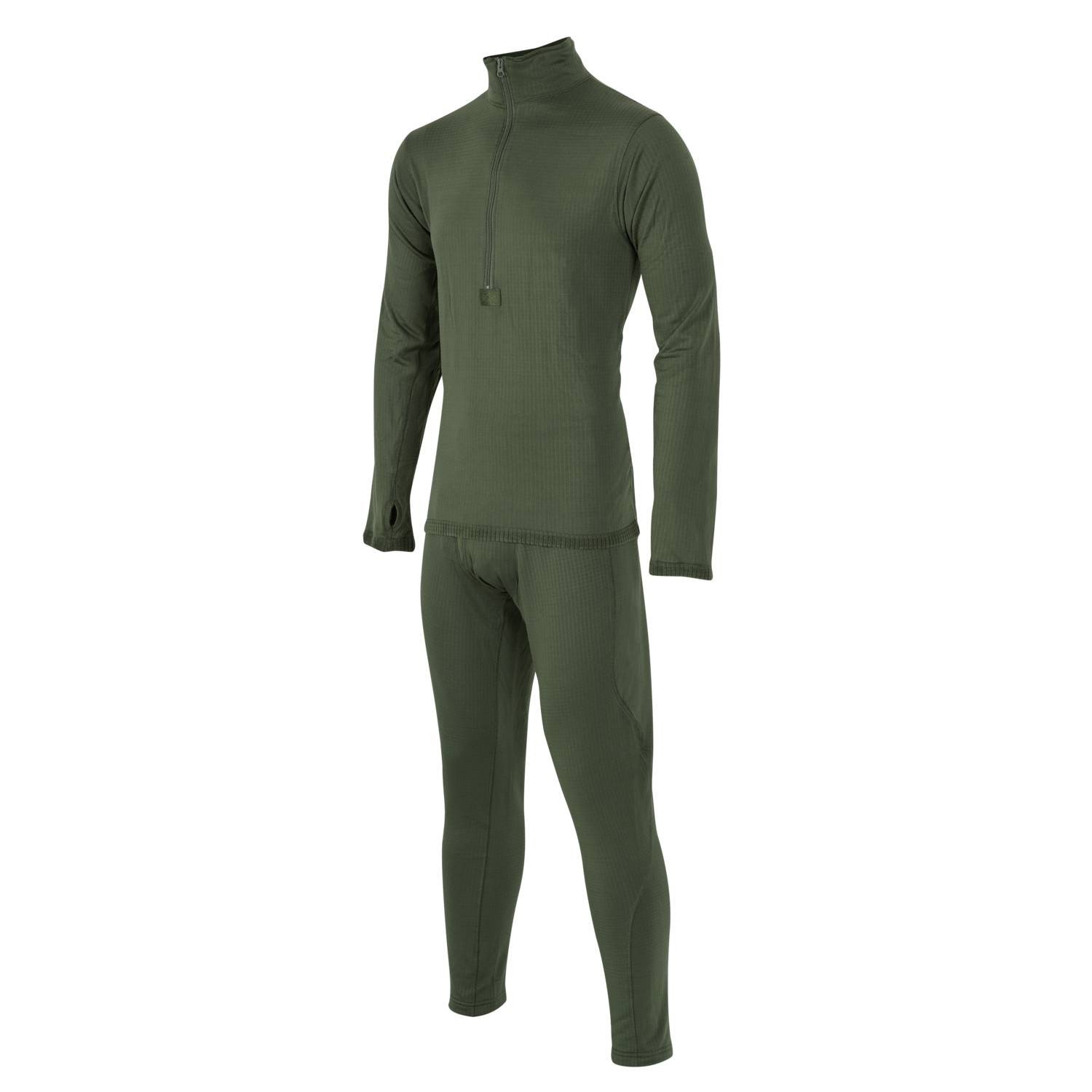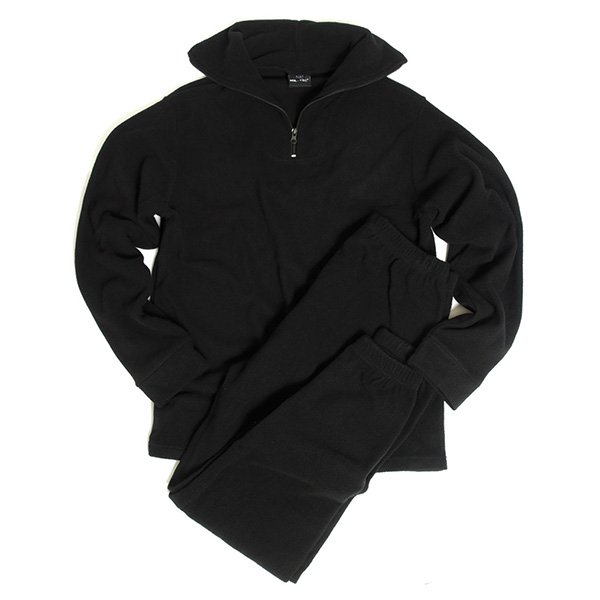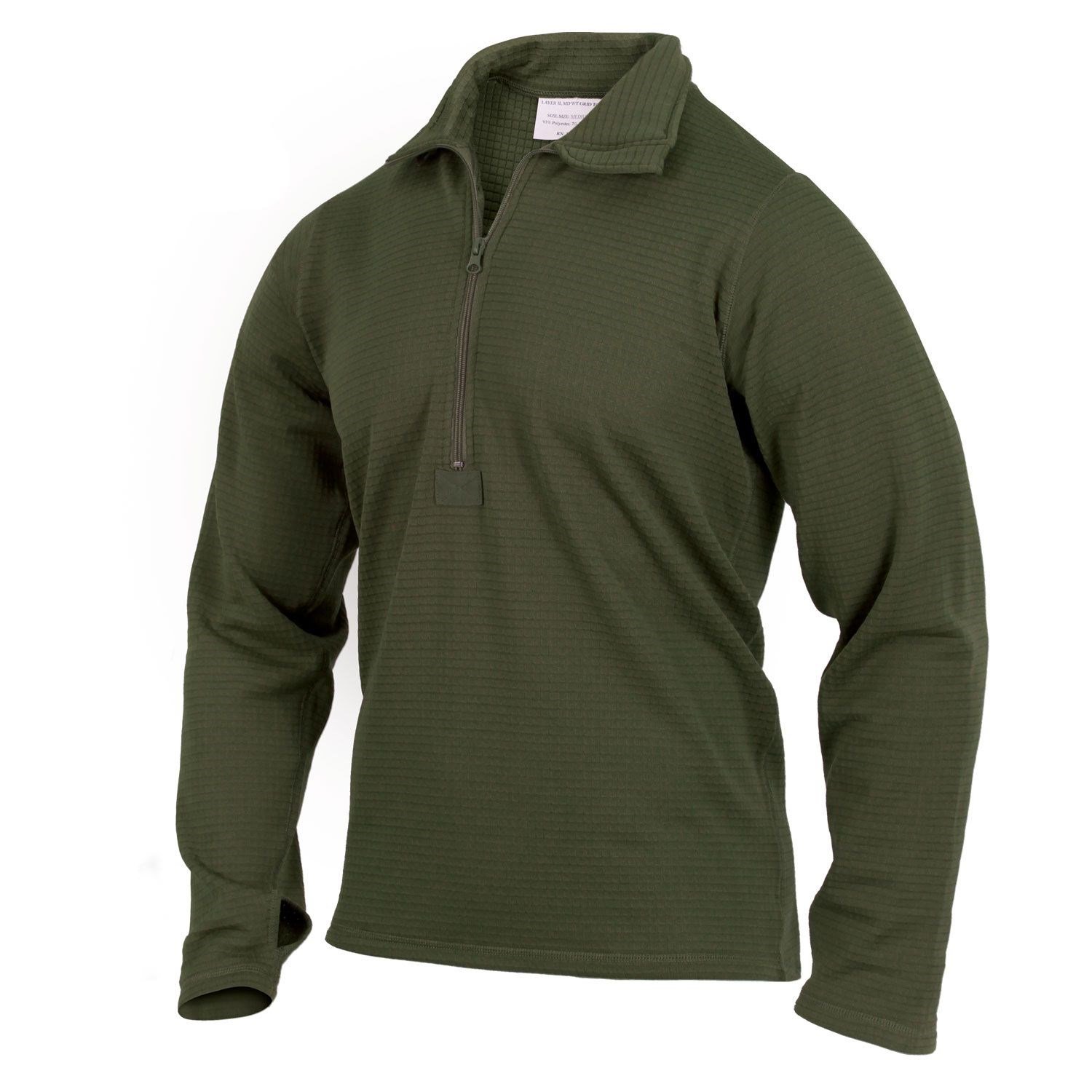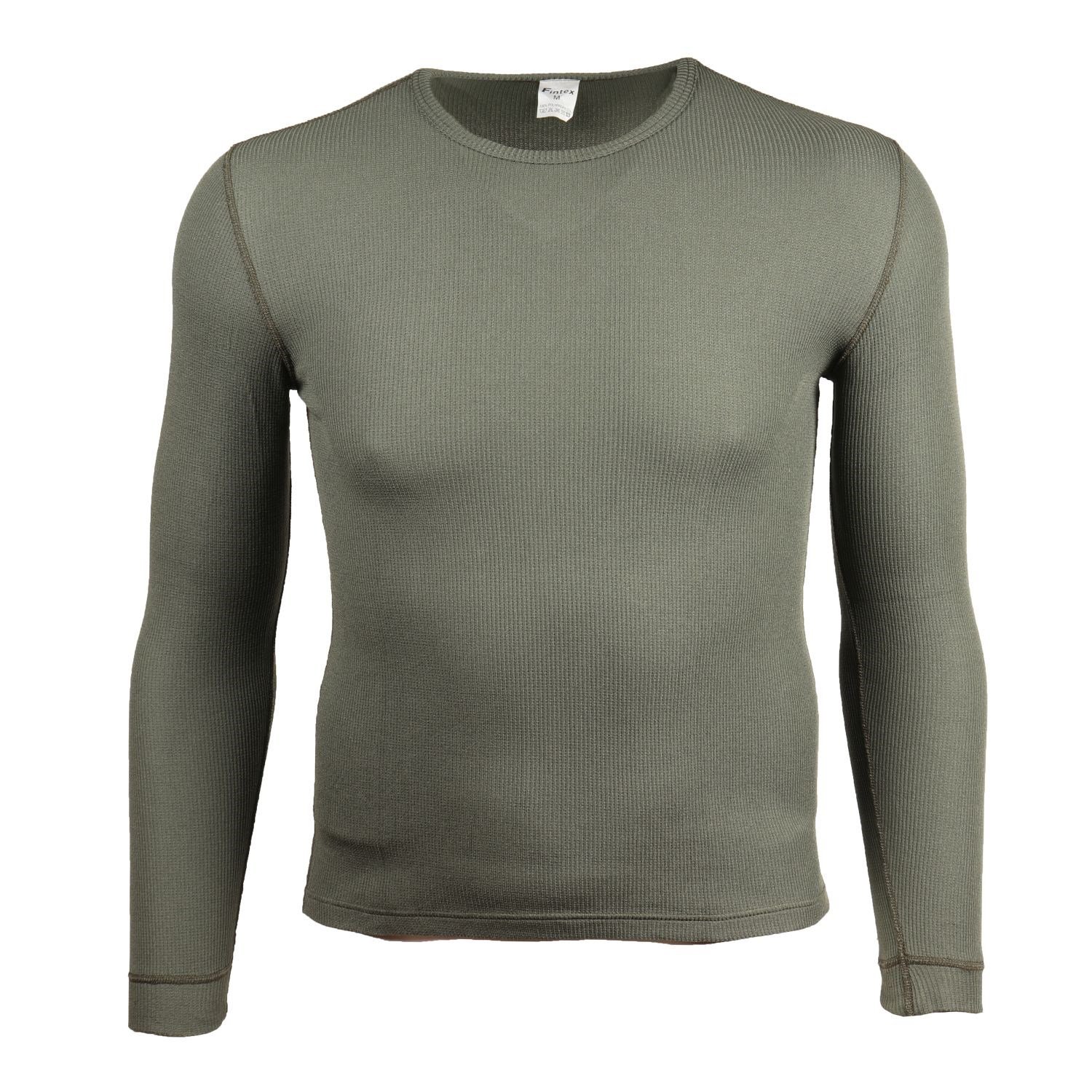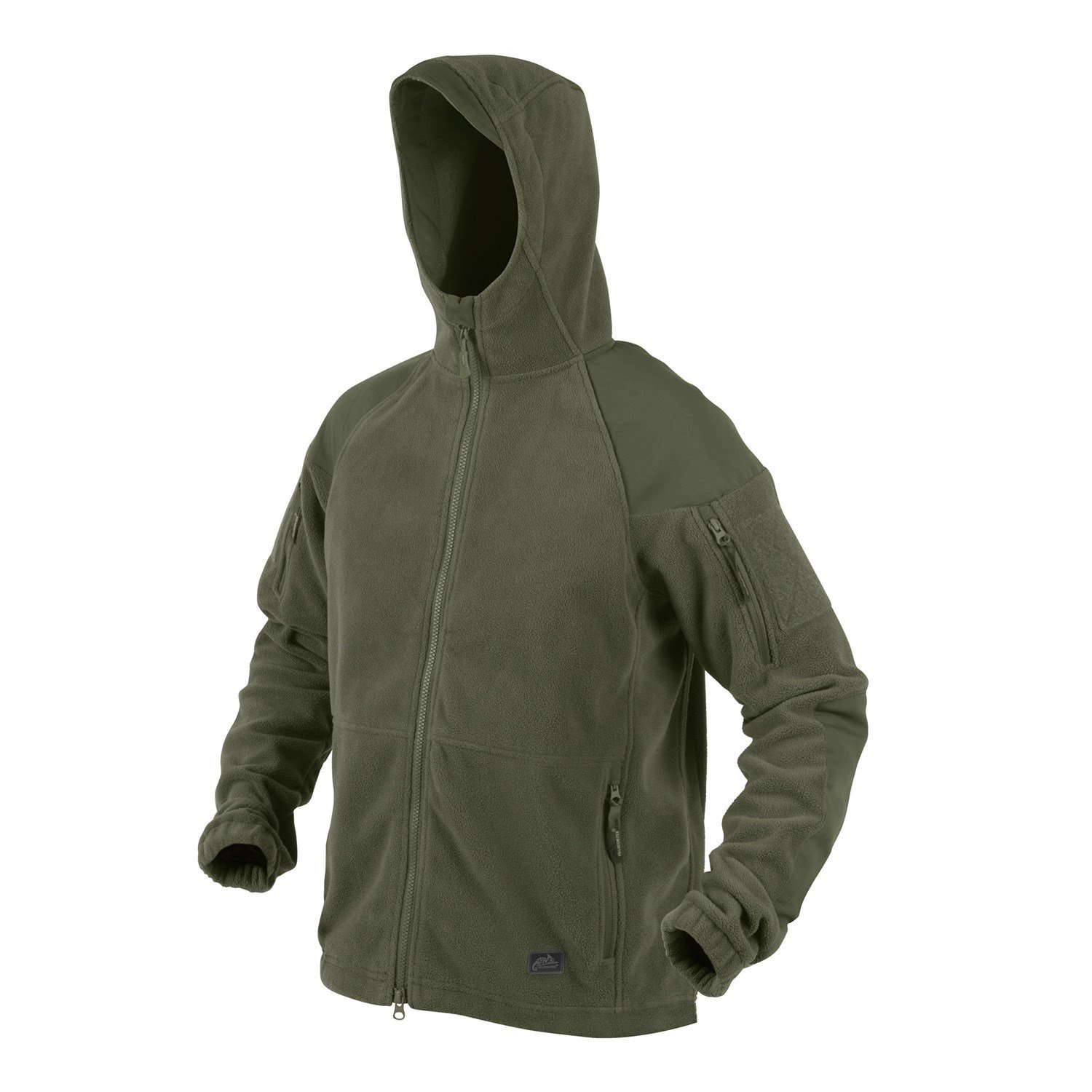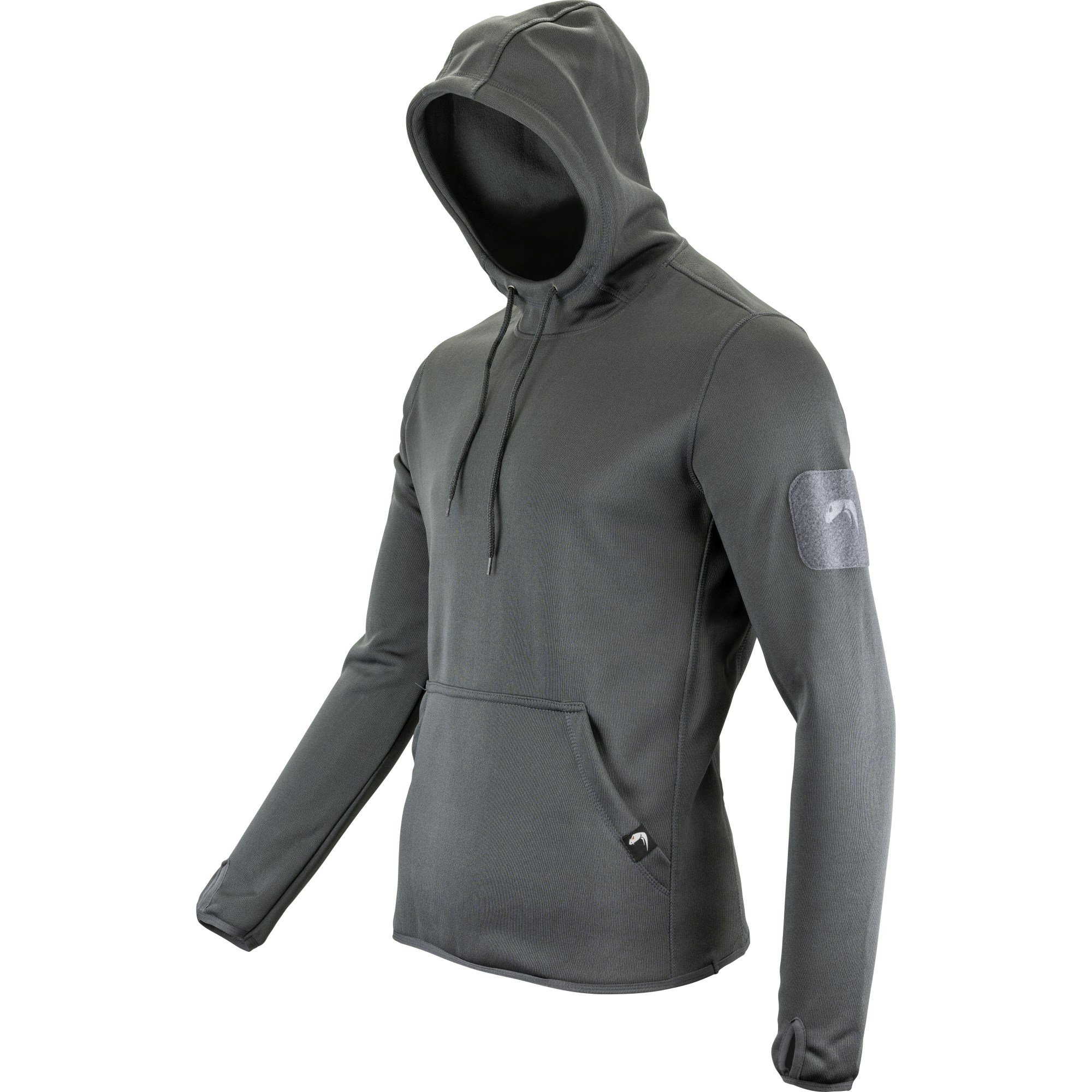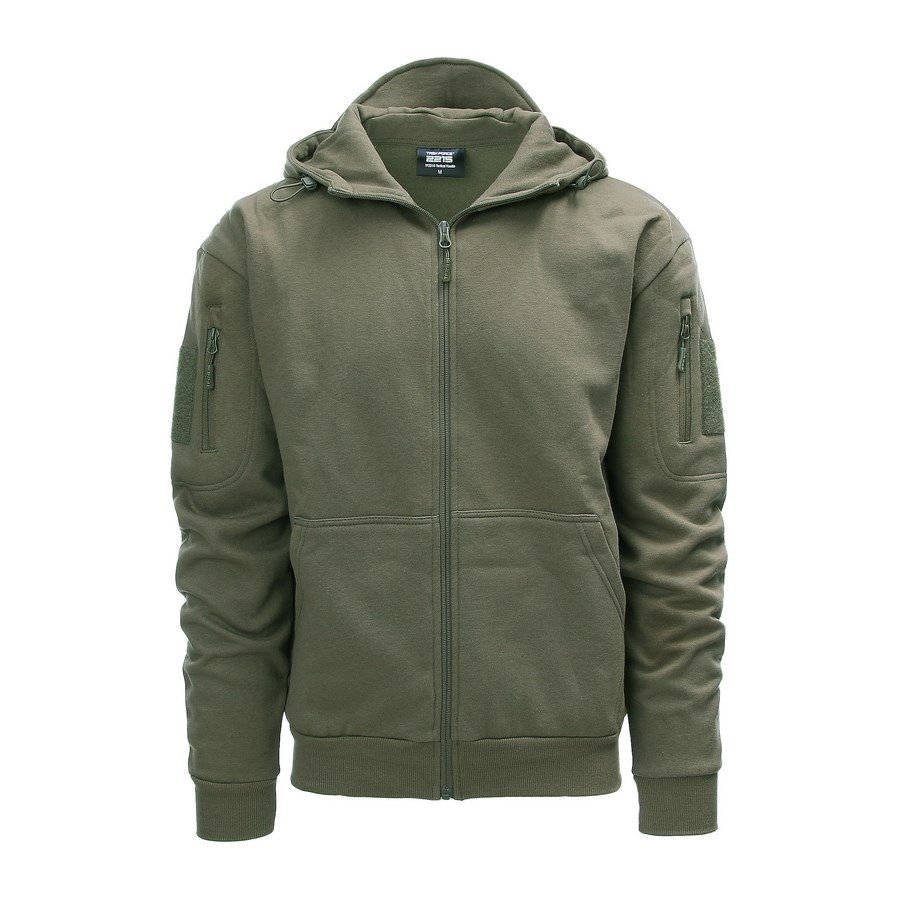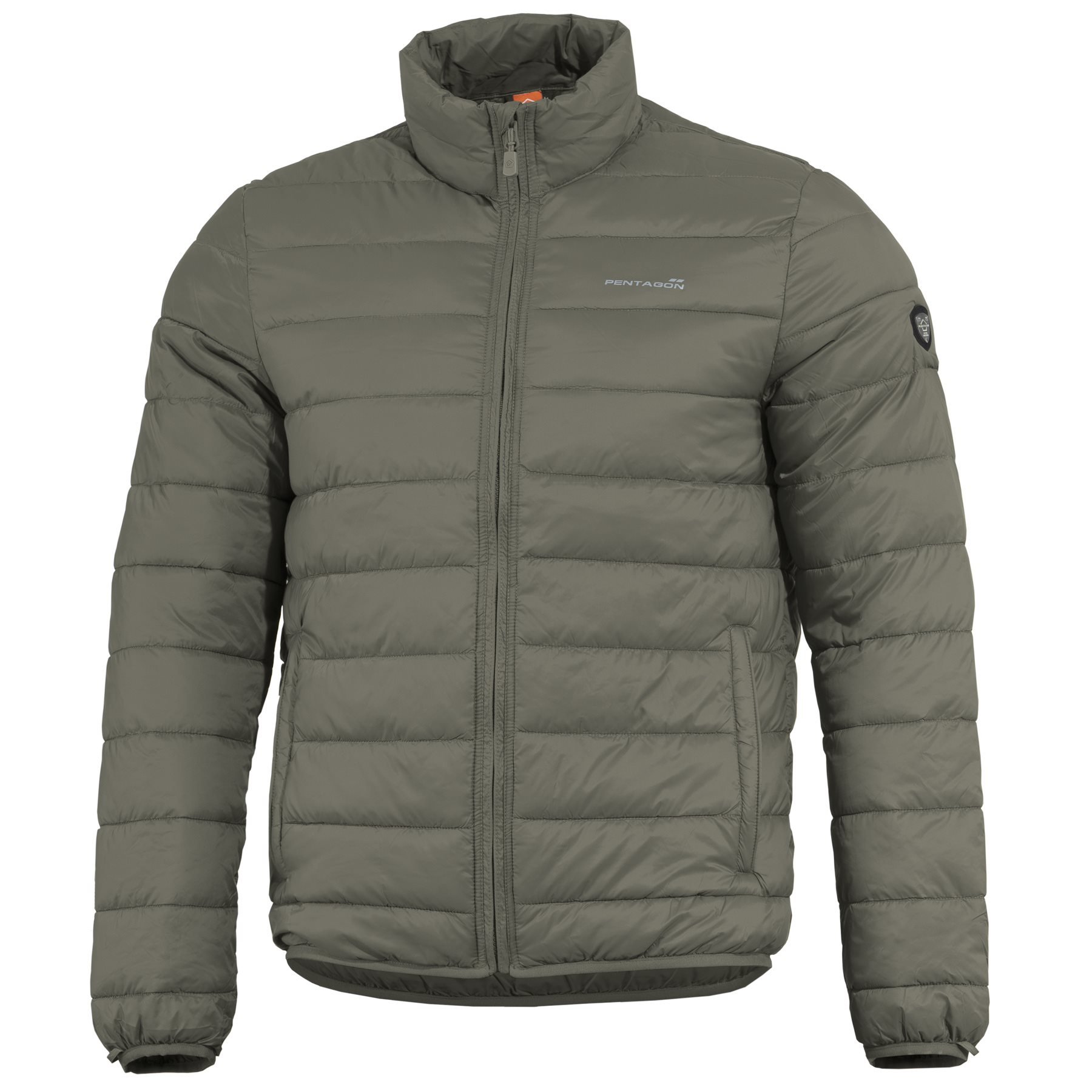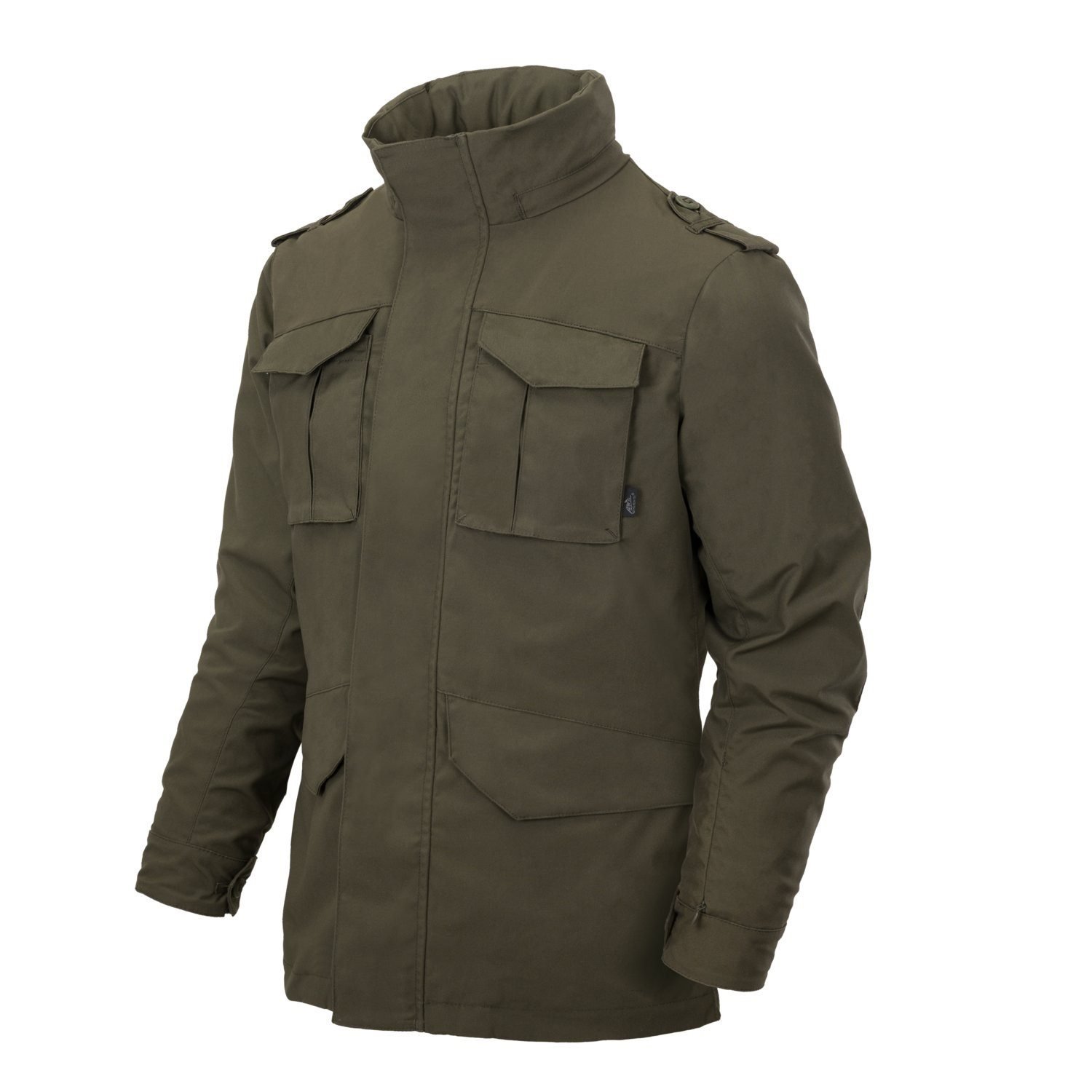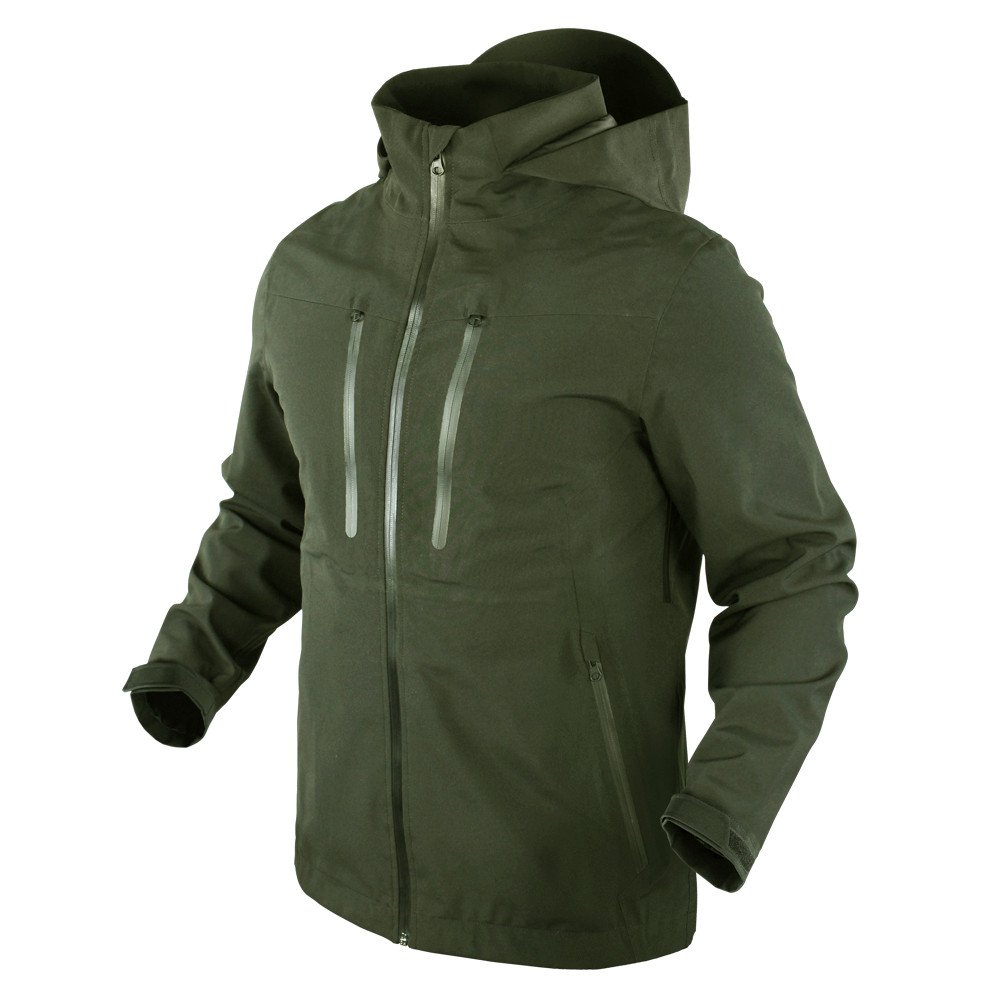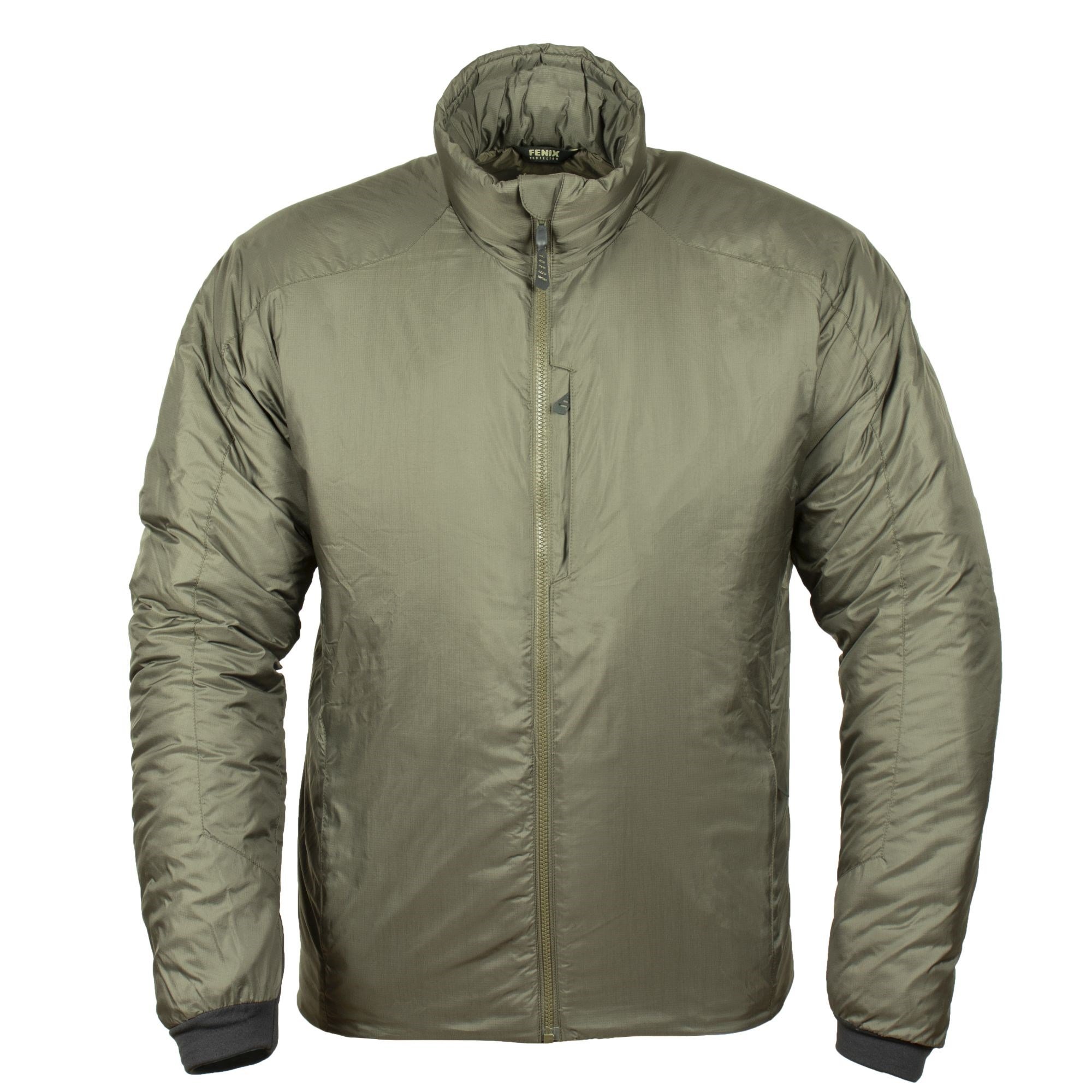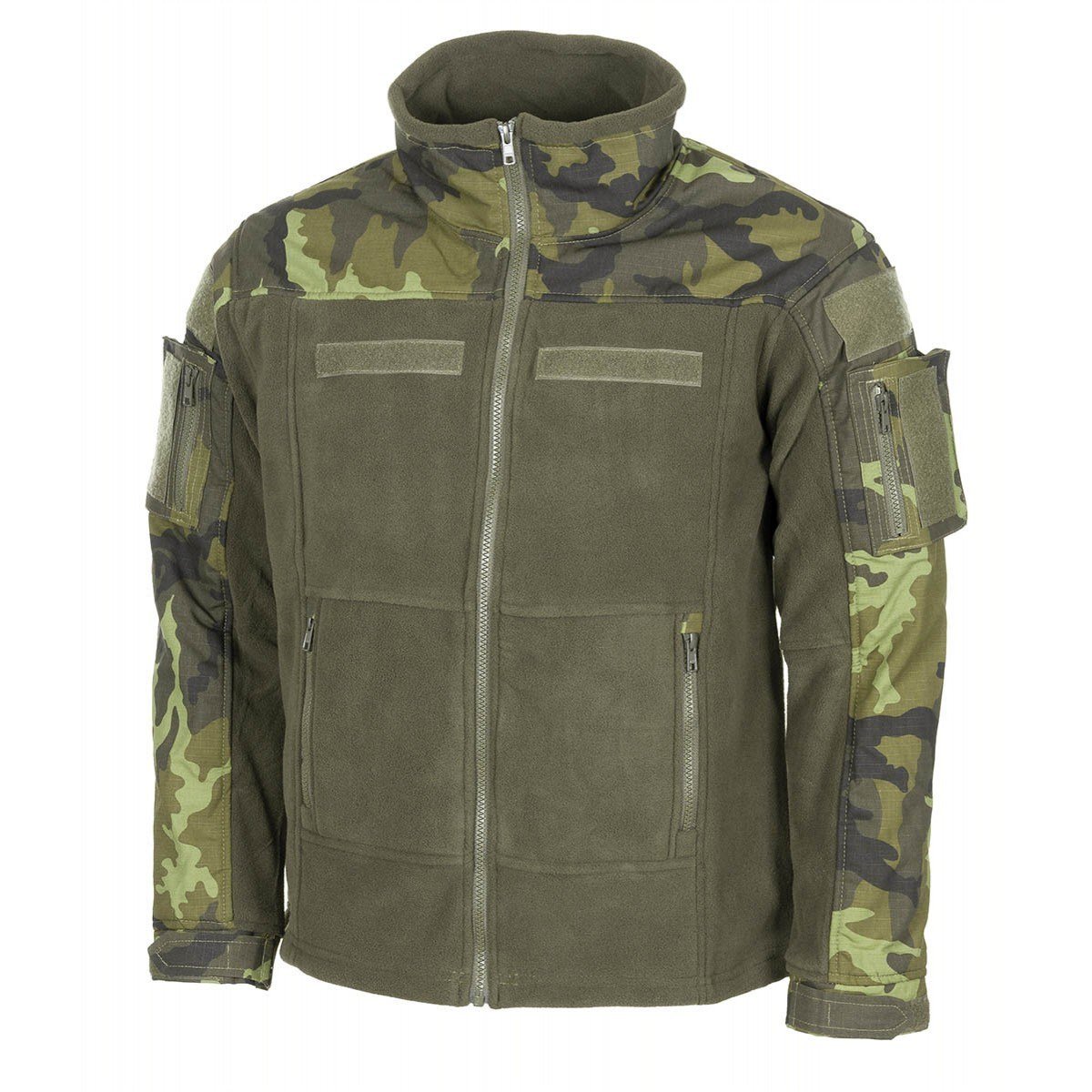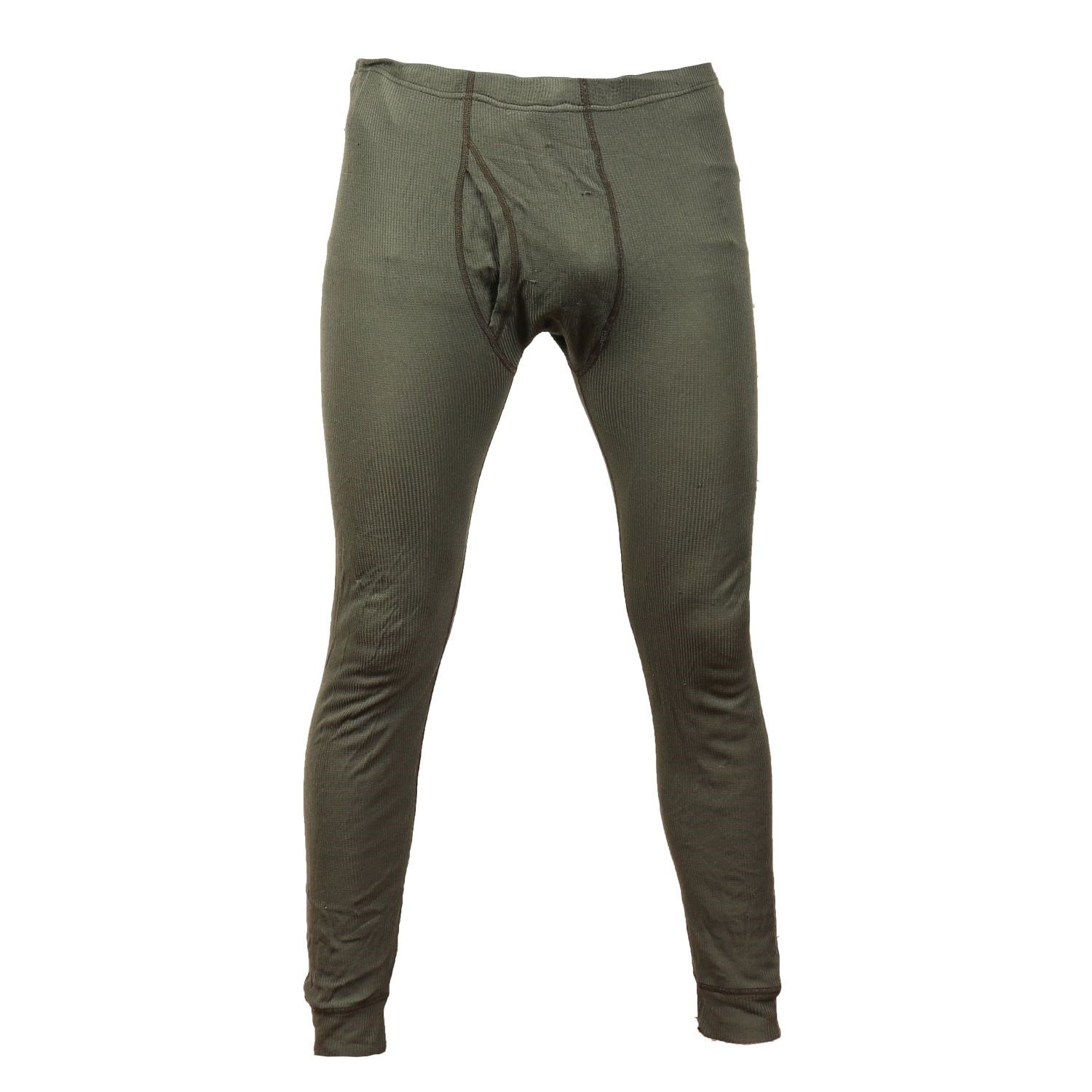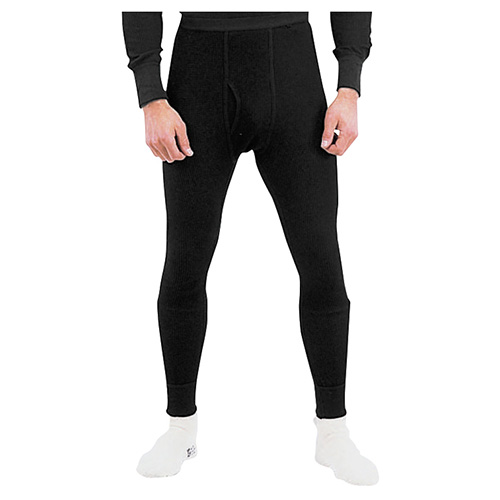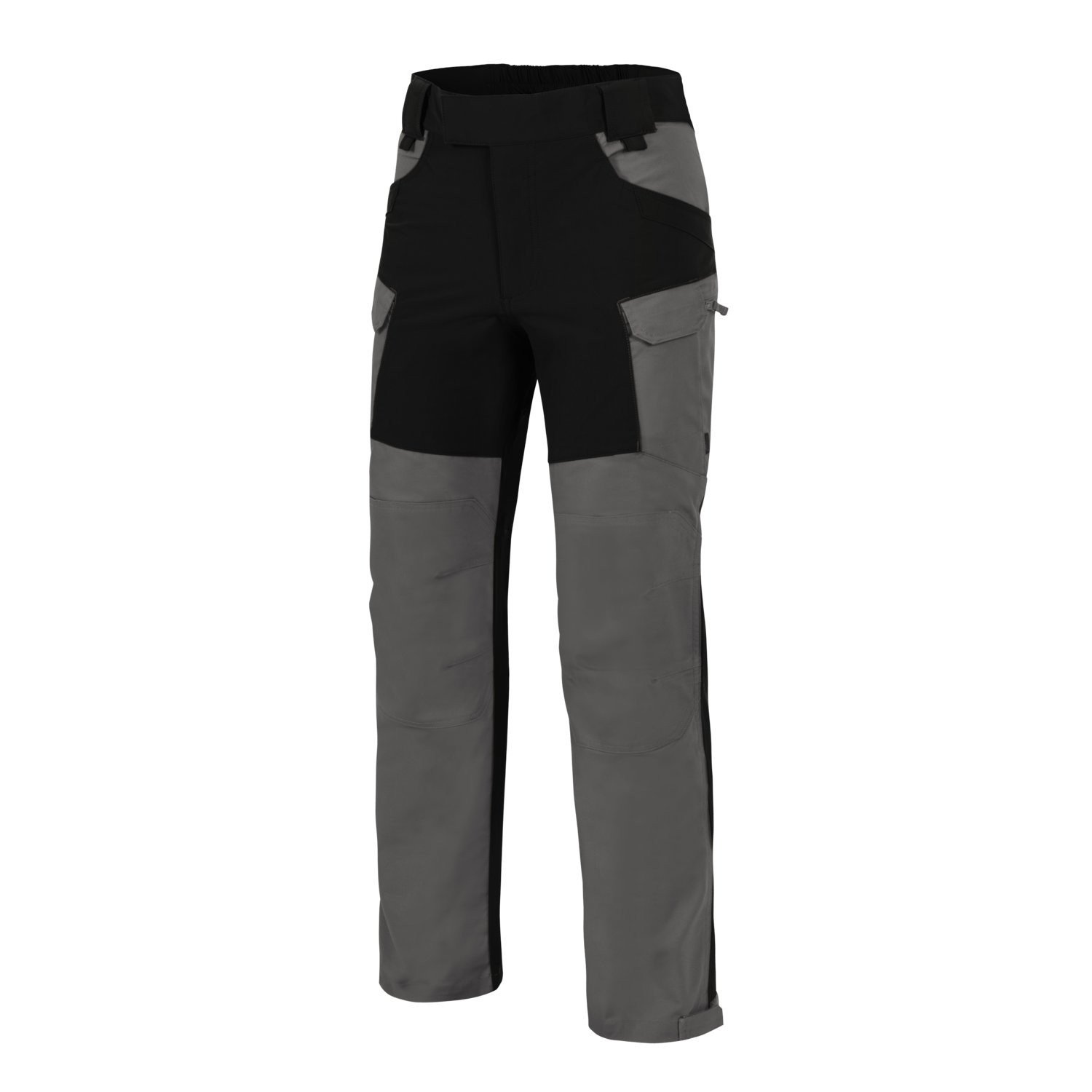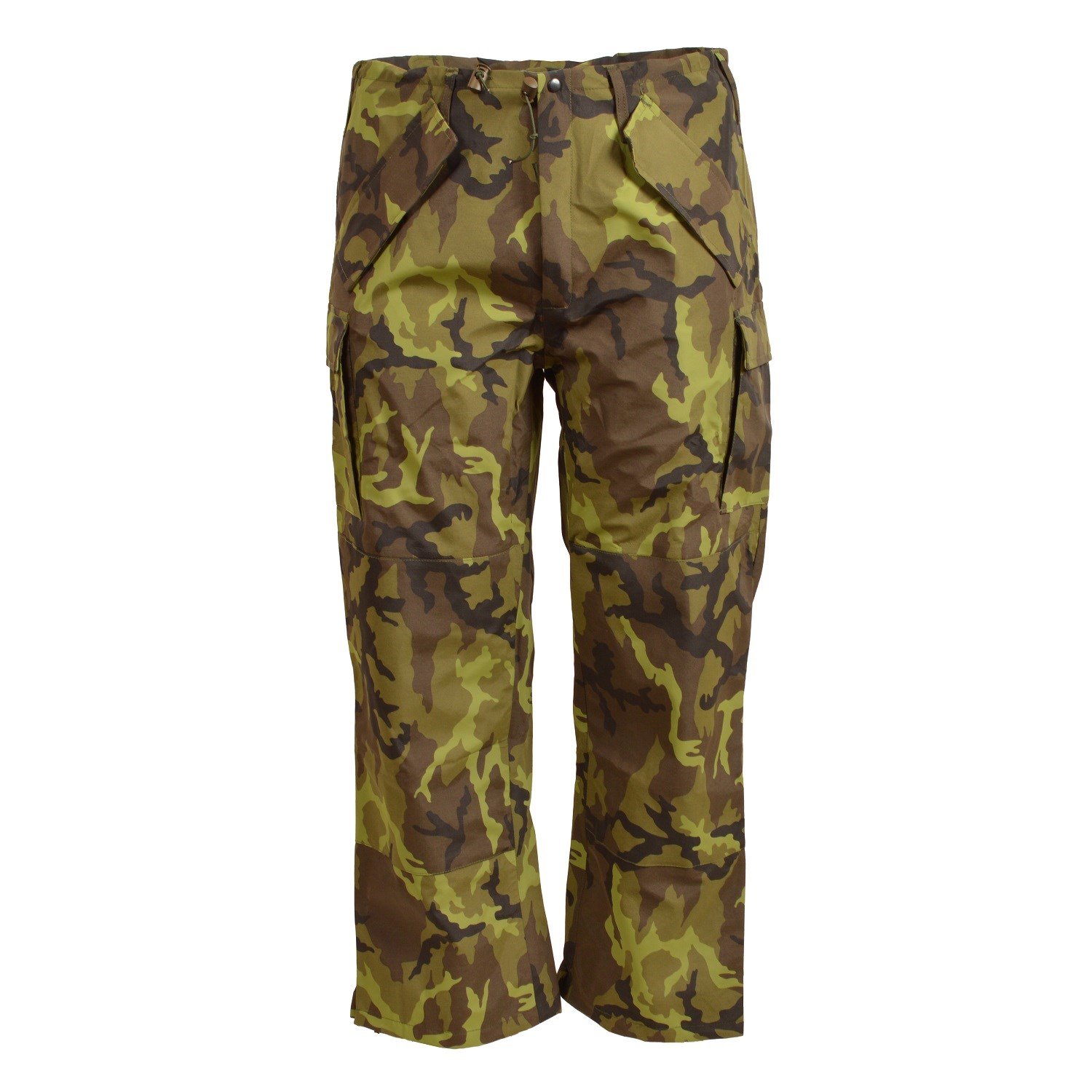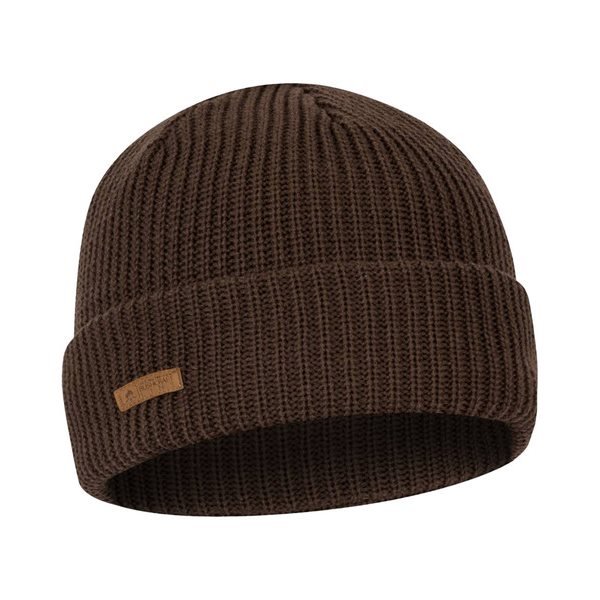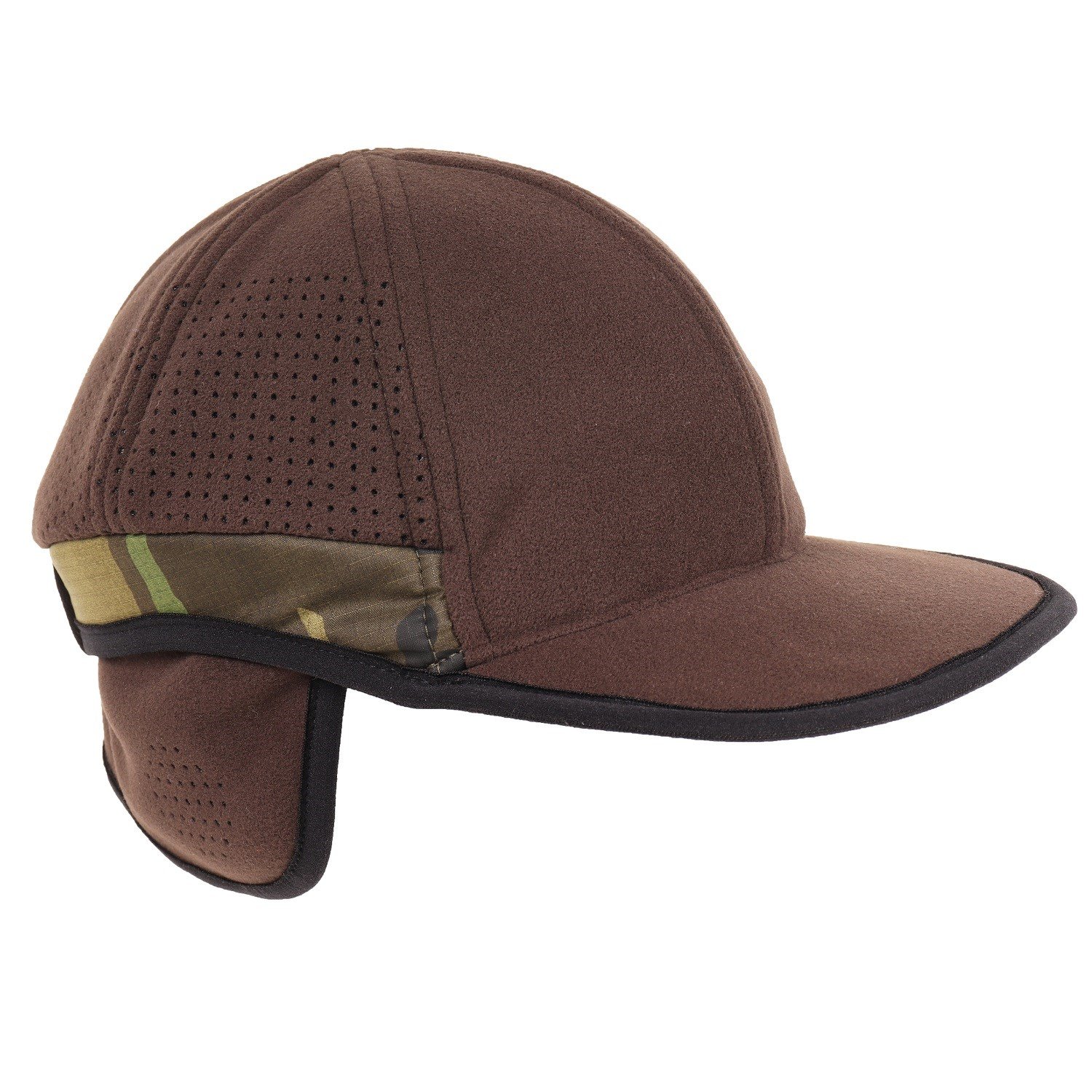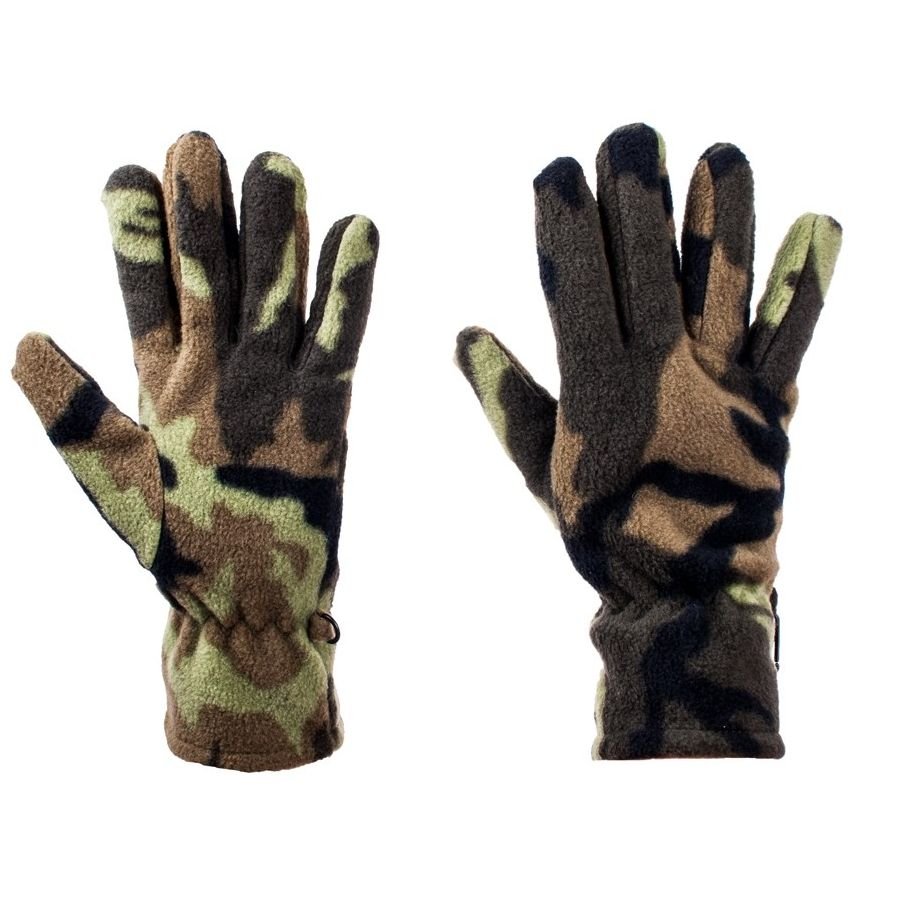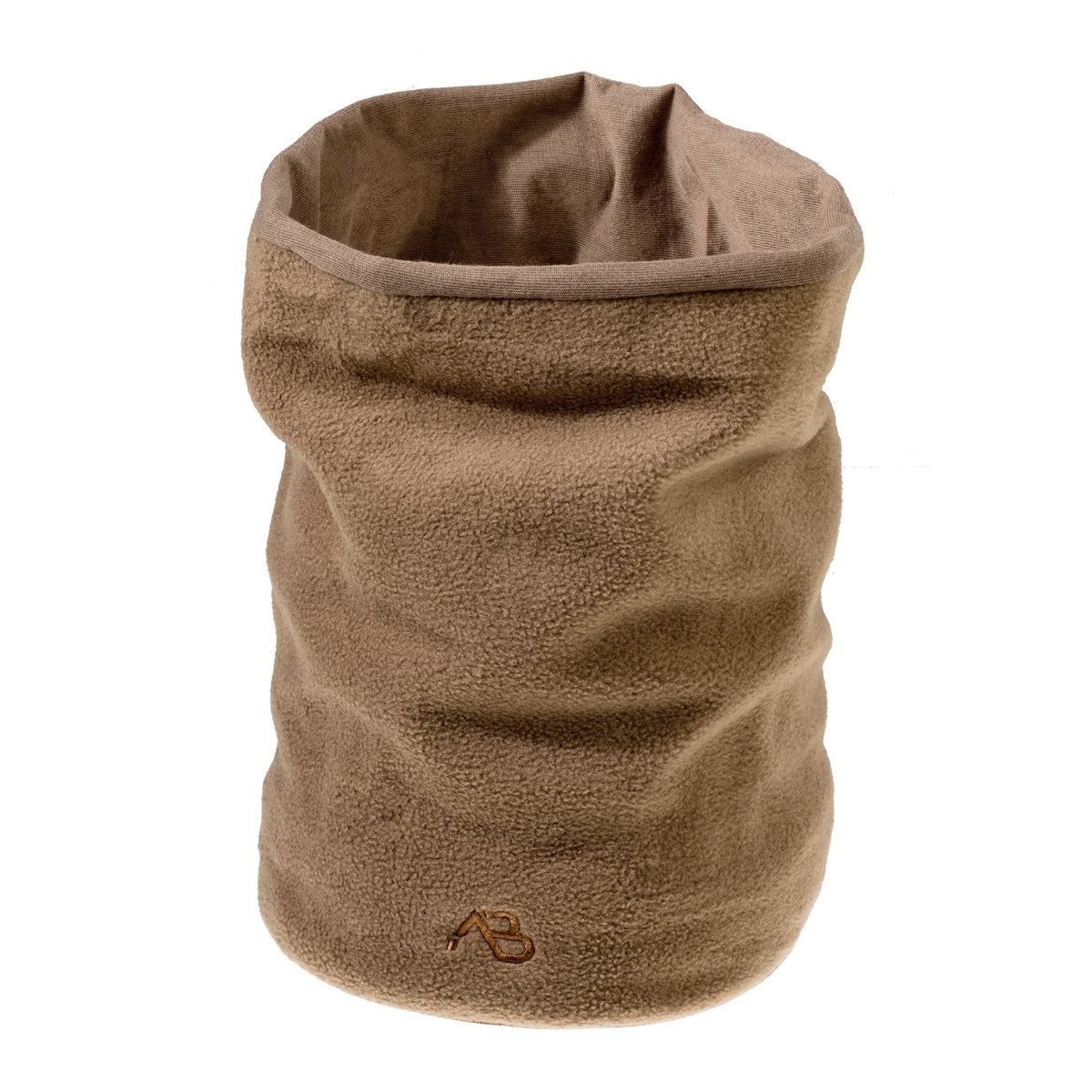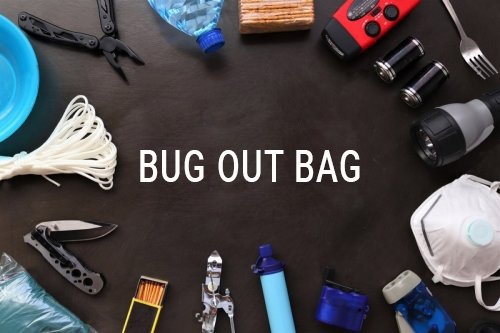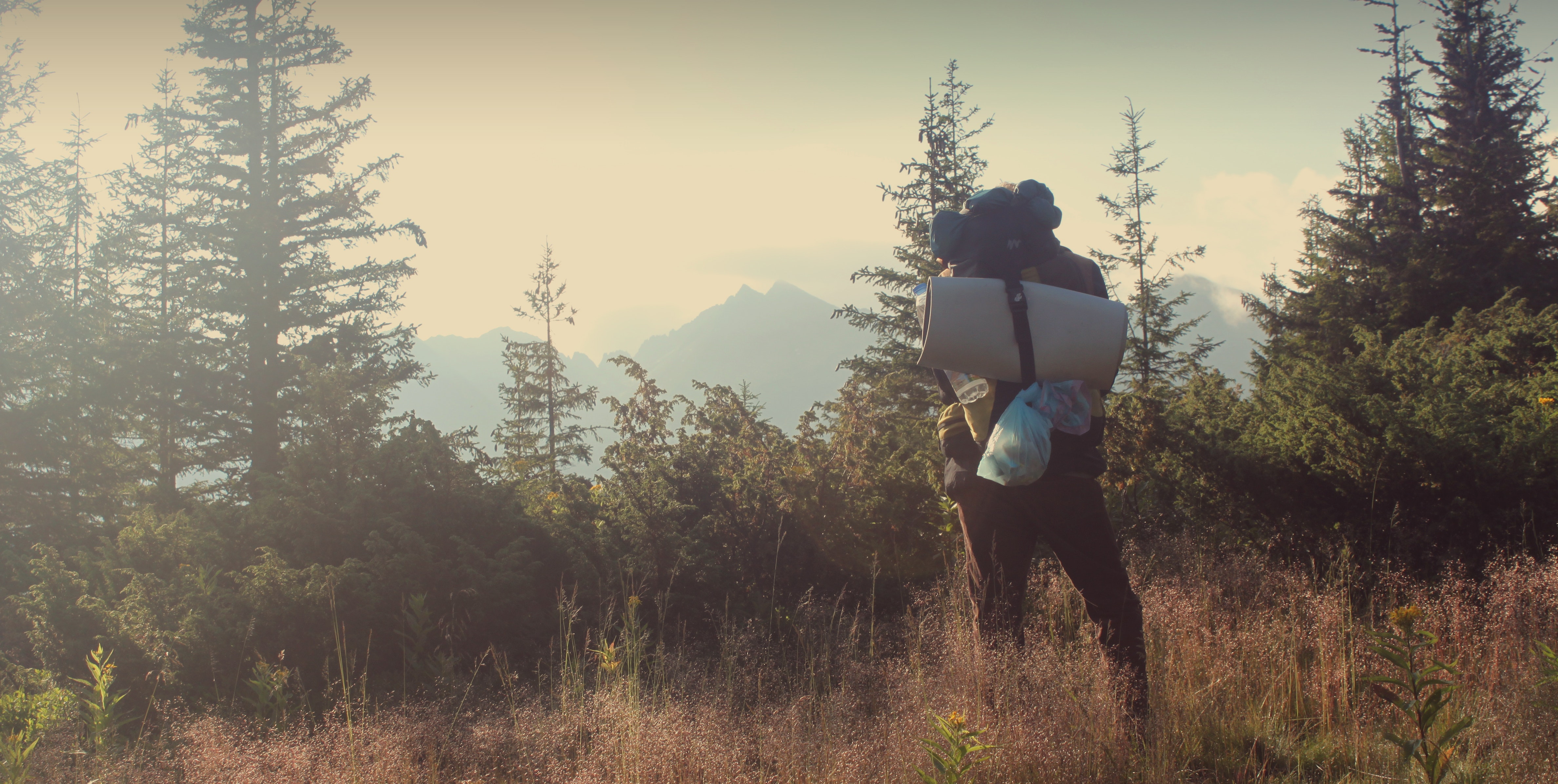Search term must have more than 2 characters.
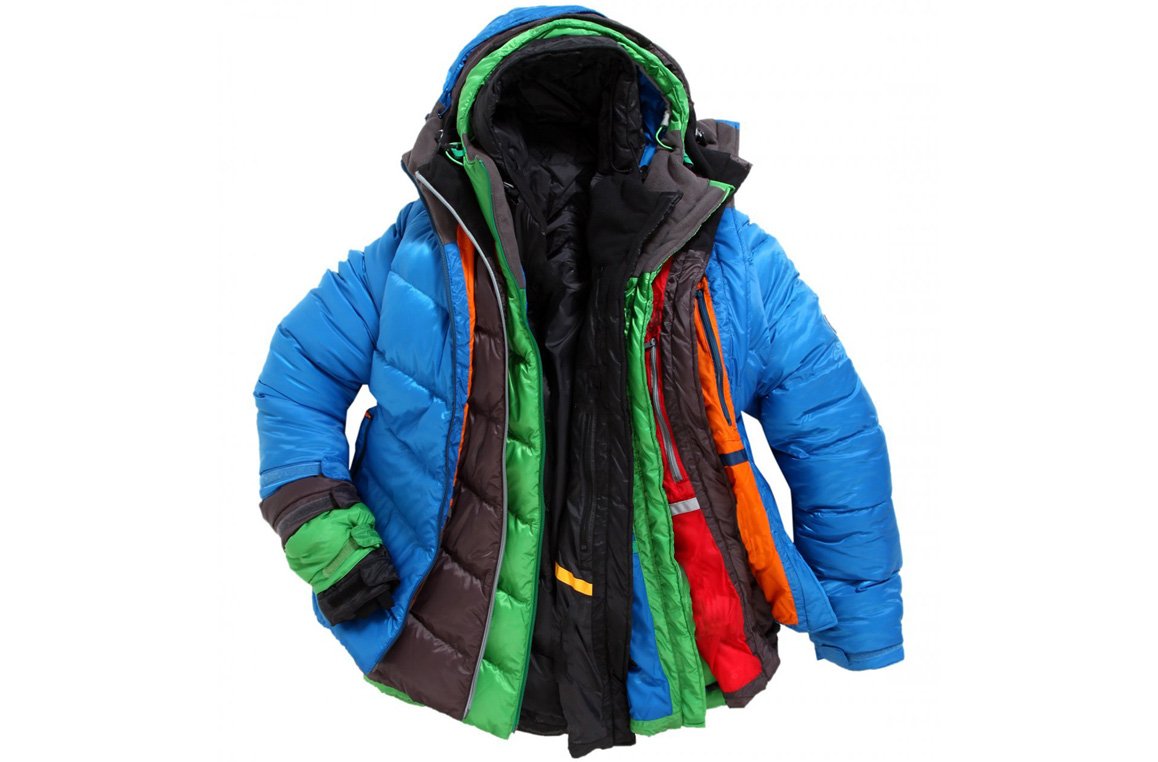
It is getting cold outside and many of you are certainly planning a number of winter and autumn field trips. In today's short article, we will look at the basic system of three layers which should keep you warm. You should rather take this 'guidance' as an inspiration, as a metabolism of individuals, a difference of what is pleasant for you may not be pleasant for your friend, etc...
It is getting cold outside and many of you are certainly planning a number of winter and autumn field trips. In today's short article, we will look at the basic system of three layers which should keep you warm. You should rather take this 'guidance' as an inspiration, as a metabolism of individuals, a difference of what is pleasant for you may not be pleasant for your friend, etc.
So, let us start a bit untraditionally with the question: what keeps you warm in the cold?
If you answered to yourself 'warm air', you were right. Our body constantly generates heat that tends to escape. And since such leaks are undesirable in winter, they should be prevented as effectively as possible by using properly layered clothing. Your thermal comfort will logically be most affected by the ambient temperature and conditions. So, adjust your clothing logically depending on what the weather is like.
1. Basic layer
The first layer is the one closest to your body (regardless of your underwear). It is the first line of 'defence' against the cold and its task is not only to preserve the heat, but also to absorb the sweat that your body produces during physical effort. We assume that most of you usually wear some cotton T-shirt as a basis. Such a T-shirt is completely perfect to get to work, for example, but certainly not a good choice for hiking. Cotton materials absorb moisture excellently, but dry slowly. This will keep your body in constant contact with a wet fabric (even for the whole day on a long hike), which is not only uncomfortable, but it also reduces body temperature. A completely ideal layer would be a merino T-shirt that perfectly dissipates the sweat and dries out quickly, or high-quality thermals (e.g., ECWCS). In addition, some of these products have antibacterial properties, so you can wear them repeatedly, without disturbing the people around you with “odour”.
The problem of merino products is their high price. An alternative is a polyester mix that is both common and available. Just be aware that such material without treatment will not give a nice smell after one or two days, so always remember to wash it after use.
2. Intermediate layer
This layer is designed primarily to maintain heat in different conditions. Ideally, it should be made up of fleece clothing, but it can also be a lightweight wadded jacket or a hoodie.
Fleece is considered to be the best intermediate layer due to its characteristics. It is excellent retaining heat, but it also offers a certain degree of air permeability, which is really important on long journeys. Another alternative is a soft-shell jacket. They are lightweight, air-permeable, but they are not usually very warm.
Fleece is, of course, a term of wide comprehension. To select it, you should check the grammage (the higher the grammage, the warmer the clothing). But beware, if you choose a really high grammage for too warm weather, you can quickly become overheated and face the problems involved. Ideally, buy a fleece hoodie with a centre zipper closing to be able to quickly regulate the temperature.
3. Outer layer
The outer layer usually serves as protection against "cruel" types of wind, such as strong wind, heavy rain, or snow. This layer normally consists of jackets of various designs and properties. When selecting, remember that the intermediate or basic layer cannot maintain heat properly if the outer layer is not wind resistant. The air permeability of the outer layer also affects wearing comfort.
When selecting the outer layer, you should think first in what conditions you will wear it and what your target is. If you want to stay dry in every situation, you will have to sacrifice some air permeability (it is better to be sweaty than soaking wet). If you aim at maximum comfort and air permeability, you will have to sacrifice some protection from the weather. Please note that there are jackets that are not only able to protect you from bad weather but are also comfortable and air permeable. However, such products cost more. Therefore, follow your experience with the local weather and your metabolism.
4. Pants/trousers
As far as the lower part of the body is concerned, making the layers is relatively simple. In most cases, for winter in the Czech Republic, you can do with just the trousers themselves (please do not wear jeans when hiking!) or trousers with thermal pants. If you are heading for places where you know that trousers can get wet, you will do well if you use waterproof trouser covers.
5. Accessories
When getting dressed for cold weather, you should certainly not forget clothing accessories, such as gloves, hats, and cravats. These accessories protect against loss of heat from limbs and the head while also effectively preventing cold air from entering the clothing layers.
Getting the right “outfit” for the cold weather can be rather difficult, so we recommend experimenting. Also remember that both the temperature and the weather usually change during the day, so it is perfectly OK to put on and take off the layers as necessary.
News
Bug out bag
In today's article, we will look at how to create an evacuation bag that will serve when you must leave your home unexpectedly, whether due to natural disasters or humanity. This luggage should help y
How to make a compass?
A compass is a valuable aid for every adventurer who likes to enjoy nature on their own. In addition, it is a basic instrument that makes it easy for the adventurer to find a journey home...
Basics of putting clothing on in layers in cold weather
It is getting cold outside and many of you are certainly planning a number of winter and autumn field trips. In today's short article, we will look at the basic system of three layers which should kee
How to choose a sleeping bag?
A properly chosen sleeping bag can make the difference whether you spend most nights beneath the stars in a pleasant, warm comfort, or in unpleasant cold. To make the choice a little easier, we have w



